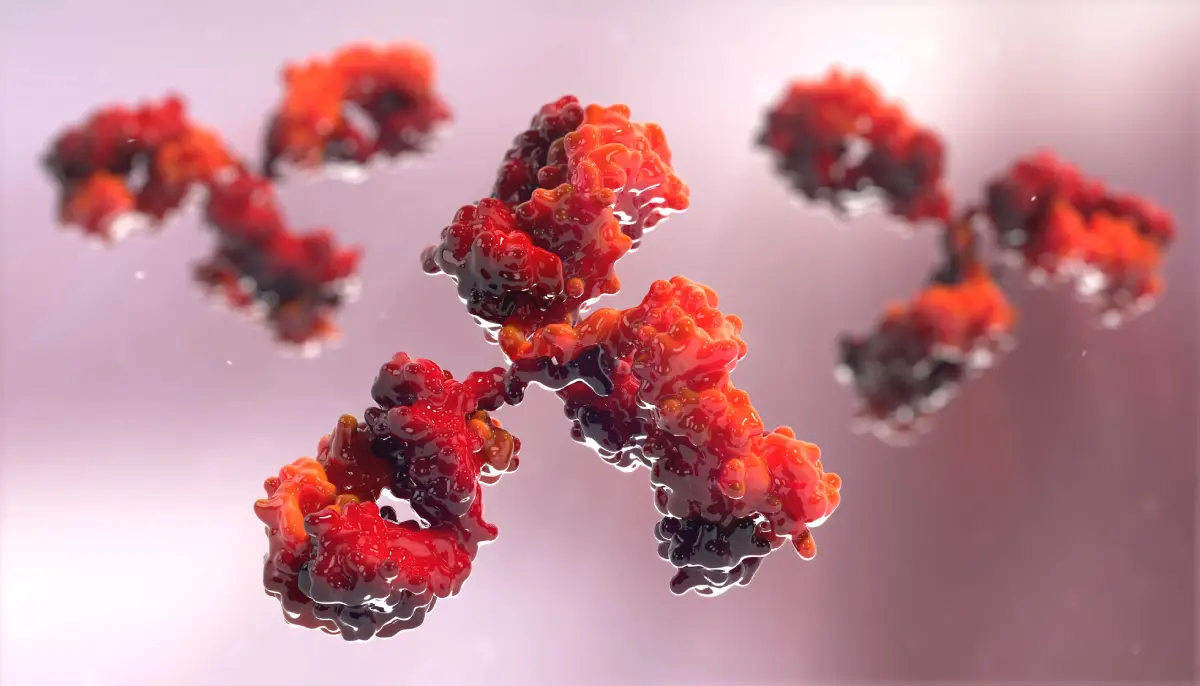What is ADA Assay?
Drug development brings new drugs to the clinic to cure challenging diseases and improve existing therapeutic regimens. It is a lengthy and complex process involving biological assay development to test the efficacy, safety, pharmacokinetics, and other properties and interactions of a drug. While potential drug candidates may show high efficacy against diseases that they promise to cure, they may also elicit immune reactions within the human body, and this is particularly true for protein and antibody-based drug molecules. Administration of drug molecules such as proteins and antibodies can trigger the immune system to produce anti-drug antibodies (ADA). The antibodies can induce adverse reactions within the body, and the ADA assay helps detect these anti-drug antibodies.
Anti-drug antibody and neutralizing antibody assays
Anti-drug antibodies (ADA) and neutralizing antibodies (NAB) are antibodies produced by our immune system. While ADA indicates immunogenicity triggered by drug molecules, NAB reveals the efforts of our immune system in defending our body against pathogens. Both ADA and NAB decrease the drug availability and hence lower its efficacy. Thus, immunogenicity testing of a potential drug candidate plays a pivotal role in drug development. For this purpose, an immunogenicity assay is performed; while ADA can be detected using ADA assay, NAB can be identified using NAB assay.
Role of ADA Assay in Clinical Trials
The detection of immunogenicity ADA associated with a biologic helps to predict the potential immune response that is likely to trigger within the body upon administration. The immunogenicity can vary from clinically insignificant responses to potentially life-threatening conditions. Consequently, the generation of ADA significantly impacts drug efficacy, safety, pharmacodynamics, and pharmacokinetics. Furthermore, like NAB, ADA can bind to the therapeutic drug and neutralize it. Overall, this reduces the bioavailability of the drug. If such information on adverse reactions related to the drug is available, then it should be disclosed in the drug-related information section. Thus, the detection of ADA is a routine activity in drug development, particularly during preclinical testing and clinical trials.
Must Read: Validation and Quality Control in ELISA Services: Ensuring Reliable Results
Immunogenicity assay, such as the ADA assay, is a highly sensitive bioanalytical technique that detects anti-drug antibodies. It is a qualitative or quasi-quantitative technique that utilizes the assay cut point to differentiate ADA-positive samples from ADA-negative samples. Unlike other quantitative immunogenicity assays, the ADA assay does not employ a standard reference to assess the concentration of the analyte. First, an ADA assay uses a screening assay to identify the antibodies that have binding affinity to the biologic. Then, a confirmatory assay establishes the binding specificity of the ADA for the biologic. Finally, titration and neutralization assays are employed to characterize the ADA. The level of ADA and its persistence correlate with the intensity of immune response elicited towards the biologic.
Although ADA assays are routinely used in drug development, the information on ADA should be interpreted carefully. Multiple assay-specific factors such as specificity, sensitivity, and drug tolerance limit of the assay used govern the detection of ADA. In addition, it is also dependent on factors such as sample handling, sample collection, other medications, and the presence of diseases.
In Conclusion
The ADA assay is an invaluable tool that reveals the potential immunogenic response that a biologic might elicit within the body. It can not only impact the properties of the drug but also cause adverse reactions of varying magnitude in a patient. Thus, it is crucial to determine the presence of ADA during drug development.
